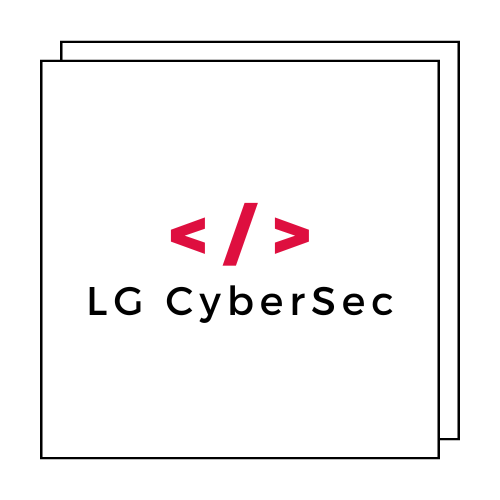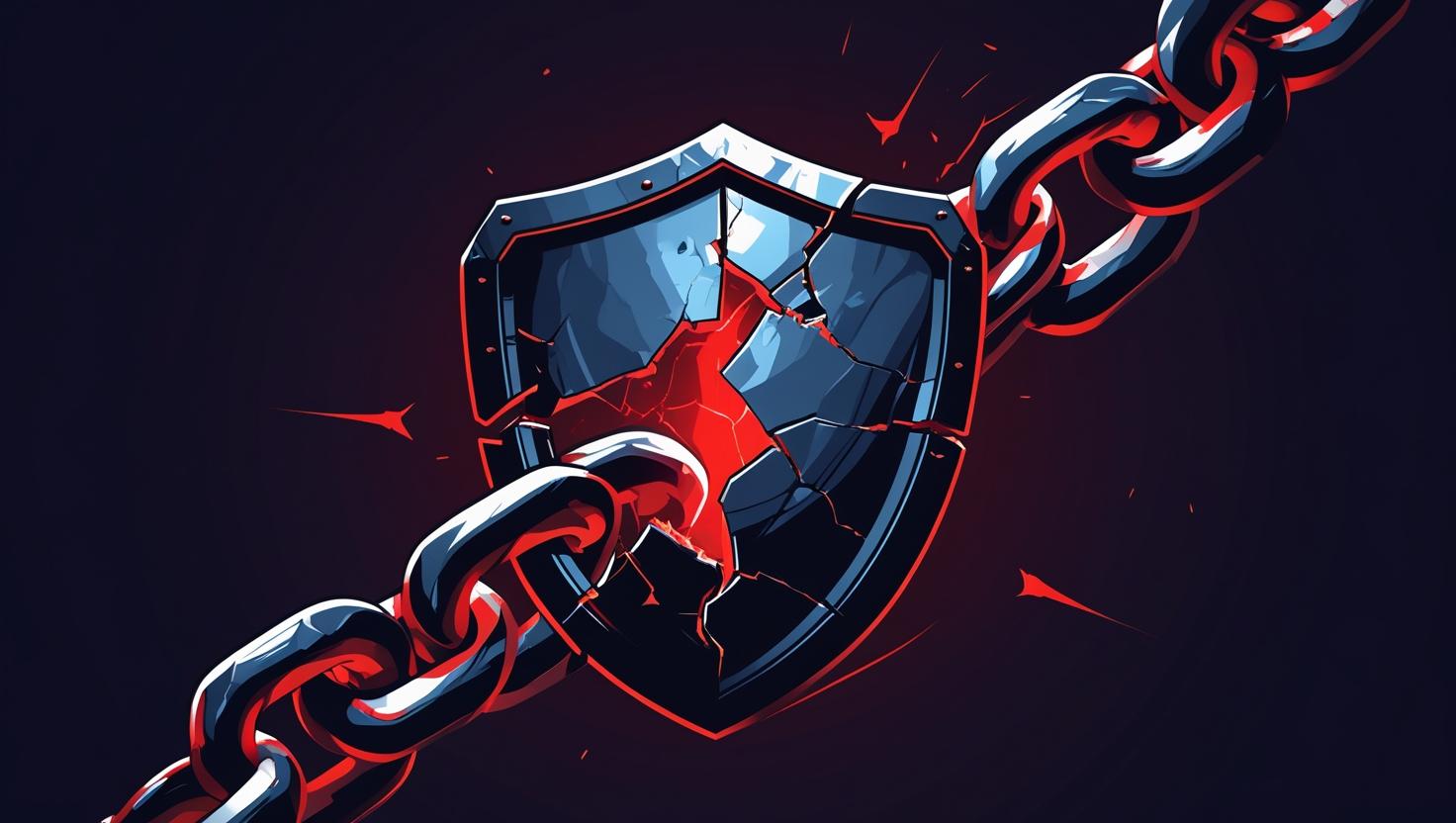The cybersecurity landscape continues to evolve at breakneck speed, and recent legal developments involving cloud computing giant Snowflake serve as a stark reminder that even industry leaders aren’t immune to data breach consequences. In 2025, Snowflake has faced mounting legal pressure as courts have denied multiple motions to dismiss lawsuits related to significant data breaches that affected hundreds of millions of records across 165 customer organizations.
For small and medium-sized businesses (SMBs) and consumers who rely heavily on cloud services, these developments underscore the critical importance of understanding cloud security responsibilities and implementing robust cybersecurity measures. The failure of Snowflake’s dismissal bids reveals how courts are increasingly holding cloud providers accountable for security incidents, which has profound implications for how businesses approach their digital infrastructure.
This comprehensive analysis examines the latest legal developments in the Snowflake data breach litigation, explores what these cases mean for cloud security practices, and provides actionable guidance for SMBs looking to protect themselves from similar vulnerabilities.
Understanding the Snowflake Data Breach Litigation
The legal challenges facing Snowflake stem from a sophisticated cyberattack that compromised customer data across multiple organizations in early 2025. According to security researchers at Mandiant, the breach involved threat actors using stolen credentials obtained through infostealer malware to access Snowflake customer accounts that lacked multi-factor authentication (MFA).
The scope of this incident was staggering – 165 Snowflake customers were targeted, with criminals successfully accessing and exfiltrating data from numerous organizations. High-profile victims included telecommunications companies, healthcare providers, and financial institutions, with some organizations reporting up to $3 million in non-material financial consequences.
What makes the recent court decisions particularly significant is that judges have denied Snowflake’s attempts to dismiss lawsuits from educational institutions and financial organizations. These denials suggest that courts are taking a more stringent approach to cloud provider accountability, potentially setting precedents that could reshape how liability is assigned in cloud-related data breaches.
The litigation centers on allegations that Snowflake failed to implement adequate security measures, including not mandating multi-factor authentication for all accounts and not providing sufficient warnings about the risks of credential-based attacks. Plaintiffs argue that these security gaps constituted negligence that directly contributed to the massive data exposure.
The Shared Responsibility Model Under Legal Scrutiny
One of the most critical aspects of the Snowflake litigation involves the concept of shared responsibility in cloud computing. Cloud service providers typically operate under a shared responsibility model where the provider secures the infrastructure while customers are responsible for securing their data and access controls.
However, the court’s reluctance to dismiss these cases suggests that this model may not provide cloud providers with the legal protection they once assumed. The plaintiffs argue that Snowflake had a duty to implement stronger default security measures, particularly given the sensitive nature of the data being stored on their platform.
For SMBs, this development is particularly important because it highlights the need to clearly understand where your responsibilities begin and end when using cloud services. While cloud providers handle infrastructure security, businesses must still implement proper access controls, monitor for suspicious activity, and ensure their employees follow cybersecurity best practices.
The implications extend beyond just cloud storage to any Software-as-a-Service (SaaS) application your business uses. Whether it’s customer relationship management systems, accounting software, or collaboration tools, the same principles of shared responsibility apply, and the same vulnerabilities can emerge if proper security measures aren’t implemented.
Key Vulnerabilities Exposed by the Snowflake Breach
The attack methods used against Snowflake customers reveal several critical vulnerabilities that SMBs should address immediately. The primary attack vector involved credential stuffing attacks using stolen username and password combinations obtained through infostealer malware.
Infostealer malware represents a growing threat that specifically targets stored credentials, browser passwords, and authentication tokens. Once criminals obtain these credentials, they can access cloud accounts that rely solely on username and password authentication. The Cybersecurity and Infrastructure Security Agency (CISA) has issued specific warnings about this attack method, emphasizing the critical importance of multi-factor authentication.
Another significant vulnerability was the lack of adequate monitoring and alerting systems. Many affected organizations didn’t realize their data had been compromised until weeks or months after the initial breach. This delayed detection allowed attackers to exfiltrate massive amounts of data without triggering security alerts.
The breach also highlighted the risks of privileged account compromise. In many cases, the stolen credentials belonged to accounts with elevated permissions, allowing attackers to access far more data than they would with standard user accounts. This underscores the importance of implementing the principle of least privilege and regularly auditing user permissions.
Legal and Financial Implications for Businesses
The ongoing Snowflake litigation provides valuable insights into the potential legal and financial consequences of data breaches. With courts refusing to dismiss major lawsuits, it’s clear that both cloud providers and their customers may face significant liability for security incidents.
For SMBs, this legal landscape creates both risks and opportunities. On the risk side, businesses that suffer data breaches may find it more difficult to shift liability entirely to their cloud service providers. Courts appear increasingly willing to examine whether businesses took reasonable steps to secure their data, regardless of where it was hosted.
However, these developments also create opportunities for businesses that invest in robust cybersecurity measures. Companies that can demonstrate they followed industry best practices, implemented appropriate security controls, and responded promptly to incidents may find themselves in a much stronger legal position if a breach occurs.
The financial implications are particularly severe. Beyond the direct costs of incident response and potential legal settlements, businesses face regulatory fines, customer lawsuits, and long-term reputational damage. IBM’s Cost of a Data Breach Report 2024 found that the average cost of a data breach reached $4.88 million, with small businesses often facing proportionally higher costs relative to their revenues.
Essential Security Measures for SMBs
Given the lessons learned from the Snowflake incident, SMBs should implement several critical security measures to protect themselves from similar attacks. The most fundamental step is enabling multi-factor authentication (MFA) across all cloud services and business applications.
MFA requires users to provide multiple forms of verification before accessing an account, typically combining something they know (password) with something they have (mobile device) or something they are (biometric). Even if criminals steal passwords through infostealer malware, MFA can prevent unauthorized access to your accounts.
Equally important is implementing a comprehensive endpoint protection strategy to prevent infostealer malware infections. This includes using reputable antivirus software, keeping operating systems and applications updated, and training employees to recognize phishing attempts and suspicious downloads.
Regular security audits are essential for identifying vulnerabilities before attackers can exploit them. SMBs should conduct quarterly reviews of user permissions, access controls, and security configurations across all their cloud services. This process should include removing access for former employees, reducing excessive permissions, and ensuring that administrative accounts are properly protected.
Businesses should also establish robust monitoring and incident response capabilities. While SMBs may not have the resources for 24/7 security operations centers, they can implement automated monitoring tools and establish relationships with cybersecurity firms like LG CyberSec that can provide expert guidance during security incidents.
Building a Resilient Cloud Security Strategy
The Snowflake litigation underscores the importance of taking a proactive approach to cloud security rather than simply relying on service providers to handle all security concerns. SMBs should develop comprehensive cloud security strategies that address both technical and organizational aspects of cybersecurity.
Start by conducting a thorough inventory of all cloud services your business uses. Many organizations discover they have dozens or even hundreds of cloud applications in use across different departments, creating what security professionals call “shadow IT.” Understanding your cloud footprint is essential for implementing consistent security policies across all platforms.
Next, establish clear data classification and handling procedures. Not all data requires the same level of protection, and implementing a risk-based approach allows businesses to focus their security investments where they’ll have the greatest impact. Customer personal information, financial records, and intellectual property typically require the highest levels of security, while general business communications may require less stringent protections.
Consider implementing a Zero Trust security model, which assumes that no user or device should be automatically trusted, regardless of their location or credentials. This approach requires continuous verification of user identity and device security status before granting access to sensitive resources.
Employee training represents another critical component of cloud security. The SANS Institute emphasizes that human error remains one of the leading causes of security incidents. Regular training sessions should cover topics such as password security, phishing recognition, and proper handling of sensitive data in cloud environments.
Finally, develop and regularly test incident response procedures specifically designed for cloud-based security incidents. Traditional incident response plans may not adequately address the unique challenges of investigating and containing breaches that occur across multiple cloud platforms and may involve shared infrastructure with other organizations.
The Future of Cloud Security Liability
The Snowflake litigation represents a potential turning point in how courts assign liability for cloud-related security incidents. As these cases progress through the legal system, they may establish precedents that reshape the relationship between cloud providers and their customers.
For SMBs, this evolving legal landscape means that investing in cybersecurity is not just about preventing attacks – it’s also about demonstrating due diligence in case of legal challenges. Businesses that can show they implemented industry-standard security measures are likely to be in a much stronger position if they face litigation or regulatory action following a data breach.
The trend toward increased cloud provider accountability may also lead to improved default security settings across the industry. As providers face greater legal exposure, they may be more likely to implement security measures like mandatory MFA and enhanced monitoring as standard features rather than optional add-ons.
However, this doesn’t mean businesses can simply wait for cloud providers to solve all security challenges. The shared responsibility model will continue to evolve, but customer responsibilities are likely to remain significant. SMBs that take proactive steps to secure their cloud environments will be better positioned to handle both current threats and future legal developments.
Conclusion: Turning Legal Challenges into Security Opportunities
The denial of Snowflake’s motions to dismiss data breach lawsuits sends a clear message to both cloud providers and their customers: security is everyone’s responsibility, and courts are increasingly willing to hold all parties accountable for adequate cybersecurity measures.
For SMBs and consumers, these legal developments represent both a warning and an opportunity. The warning is clear – relying solely on cloud providers for security is no longer sufficient, and businesses must take active steps to protect their data and systems. The opportunity lies in the fact that organizations implementing comprehensive cybersecurity strategies can significantly reduce their risk exposure while potentially gaining competitive advantages through enhanced customer trust.
The key takeaways from the Snowflake litigation include the critical importance of multi-factor authentication, the need for comprehensive endpoint protection, and the value of proactive security monitoring and incident response capabilities. Businesses that address these fundamental security requirements will be much better positioned to prevent data breaches and respond effectively if incidents do occur.
As the cybersecurity landscape continues to evolve, partnering with experienced security professionals becomes increasingly valuable. Organizations like LG CyberSec can provide the expertise and guidance SMBs need to navigate complex security challenges and implement effective protection strategies tailored to their specific needs and risk profiles.
The Snowflake case reminds us that in today’s interconnected digital environment, cybersecurity is not optional – it’s a business imperative. By learning from the challenges facing major cloud providers and implementing robust security measures, SMBs can protect themselves from similar incidents while building more resilient and trustworthy business operations. The investment in cybersecurity today can prevent the much larger costs of data breaches, legal liability, and lost customer trust tomorrow.

